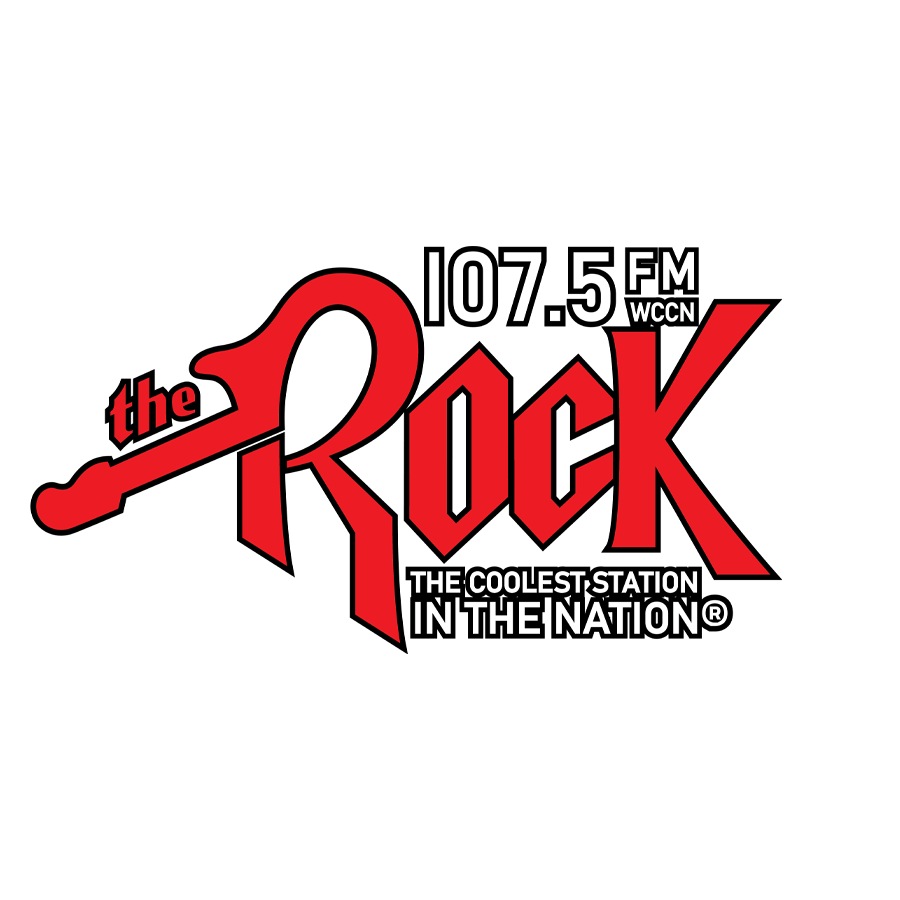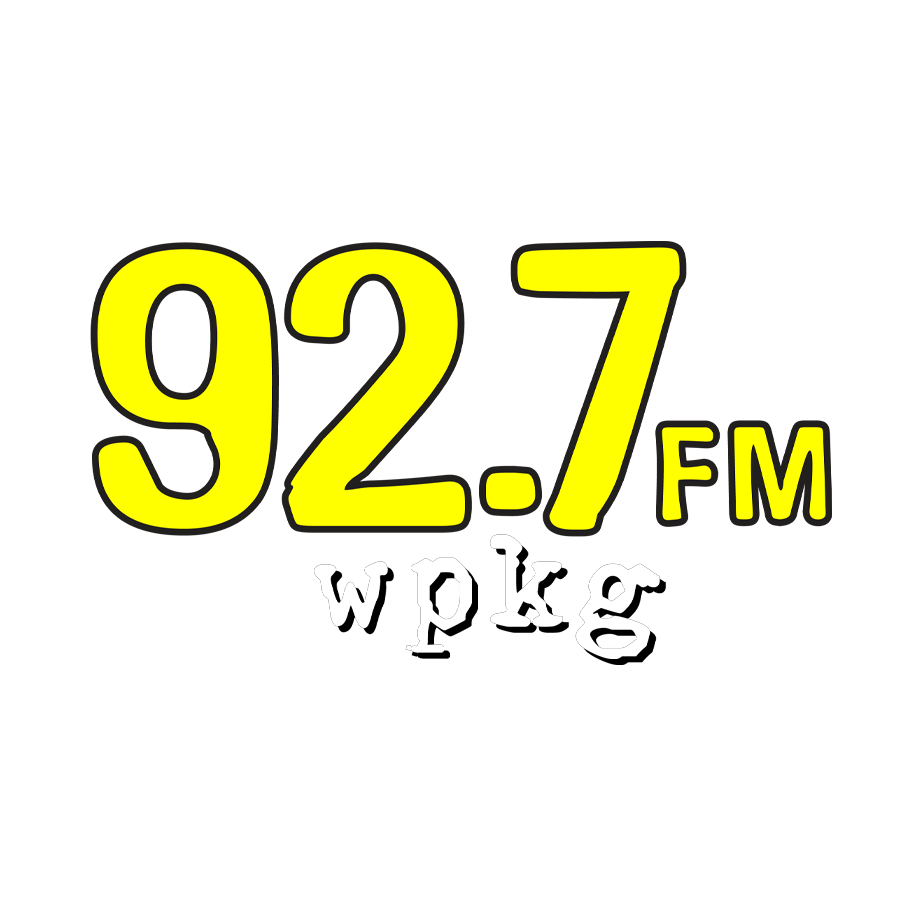Wisconsin Communities Take Steps to be More Sustainable, But Difficult to Measure Cost Savings
Friday, July 11th, 2025 -- 9:00 AM
(Joe Schulz, Wisconsin Public Radio) Communities across Wisconsin have taken steps to become more sustainable over the last decade and a half, but a lack of standardized reporting makes it difficult to measure cost savings from those efforts.
According to Joe Schulz with the Wisconsin Public Radio that’s according to a new report from the Wisconsin Policy Forum, which examined data from communities participating in the state Department of Natural Resources’ Green Tier program, a voluntary environmental program for businesses and local governments.
Improving energy efficiency in municipal buildings and installing LED lighting were the most common sustainability practices reported by local governments.
But investments in water and wastewater treatment systems provided the largest cost-savings to communities, researchers found. Researchers reviewed 195 annual reports from 34 communities submitted between 2011 and 2023.
Unlike road conditions, local sustainability efforts do not have standardized reporting requirements across the state. That means researchers were able to provide an estimate of reported energy savings, but their findings underestimate the statewide scope of those efforts.
For example, the state’s two largest cities, Milwaukee and Madison, do not participate in the Green Tier program but have announced their own sustainability programs, the report said.
“These reports did provide a preliminary set of data that allowed us to look statewide over going back about 15 years to take the first, most comprehensive look anyone’s done at this,” said Tyler Byrnes, a researcher at the Wisconsin Policy Forum. “There were limitations in terms of what was there.”
The DNR in 2023 launched new reporting formatting for the Green Tier program that could allow for more consistent reporting, but collecting financial data still falls outside the program’s scope, the report notes.
Among the 34 communities examined, boosting energy efficiency of buildings and lighting replacement were the most common types of projects reported between 2010 and 2023, the forum found.
Twenty-seven communities reported efforts to increase the energy efficiency of heating and ventilation systems, boilers, windows and building controls. Of those communities, six reported a savings of $2.1 million and 3.6 million kilowatt hours of electricity or enough to power roughly 300 homes, the report said.
The policy forum found that 24 communities replaced 9,500 light bulbs with LEDs. That includes replacing street and traffic lights, as well as interior and exterior building lights, the report said.
Light replacements saved at least $378,000 across seven communities, according to researchers. In many cases, Byrnes said energy efficiency improvements and light replacement are easier for communities to do than flashier projects, like converting a municipal fleet to electric vehicles or investing in a solar energy system, because they can be included in projects that a municipality would’ve had to do anyway.
“They’re already upgrading lights [and] they’re already upgrading buildings, so it doesn’t take a new person, or a new program or a new contractor to incorporate energy savings,” Byrnes said. “They can just go ahead and do that as part of an existing project.”
Beyond energy efficiency efforts, 23 communities also reported efforts to install solar panels, but only three provided their estimated cost savings, the report noted. Those communities reported saving $170,000 on purchased electricity between 2011 and 2023.
Feel free to contact us with questions and/or comments.




